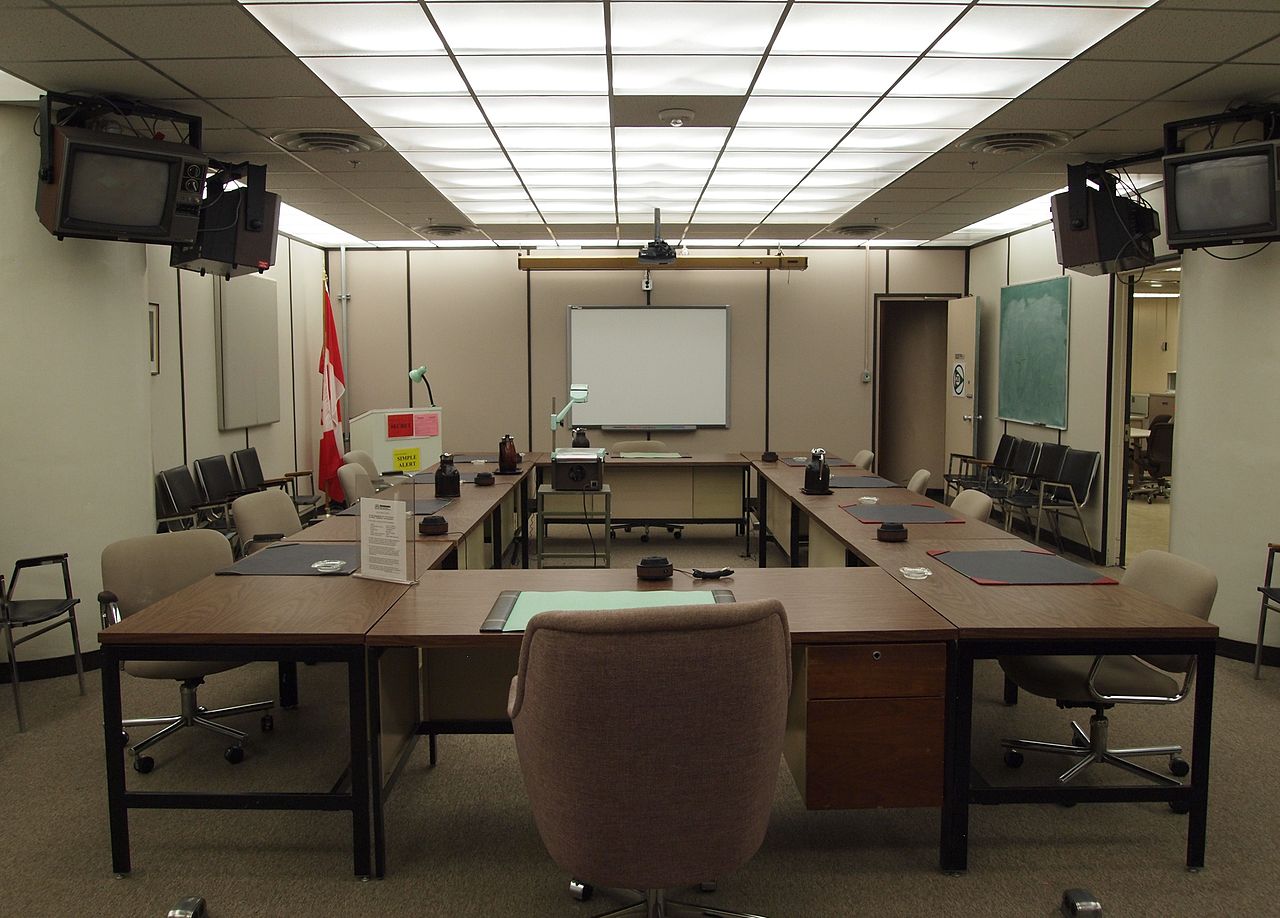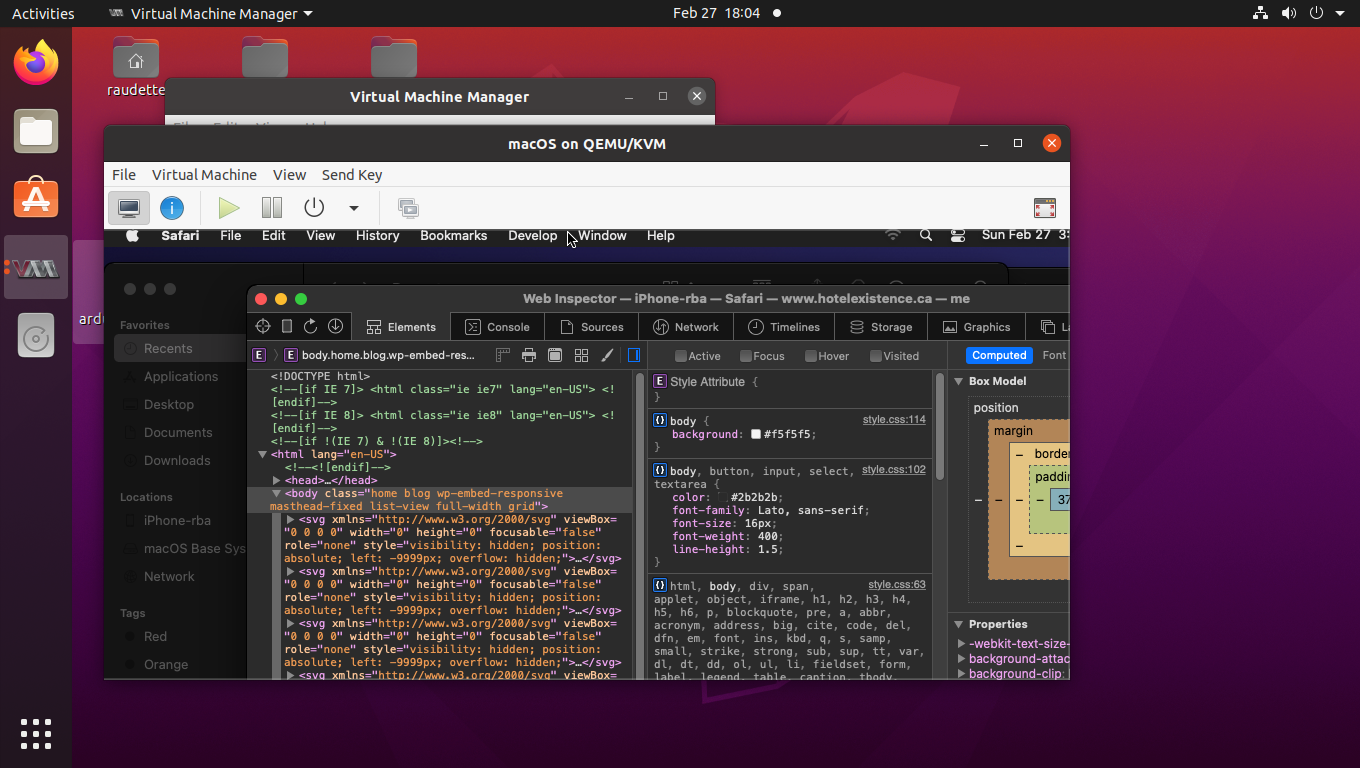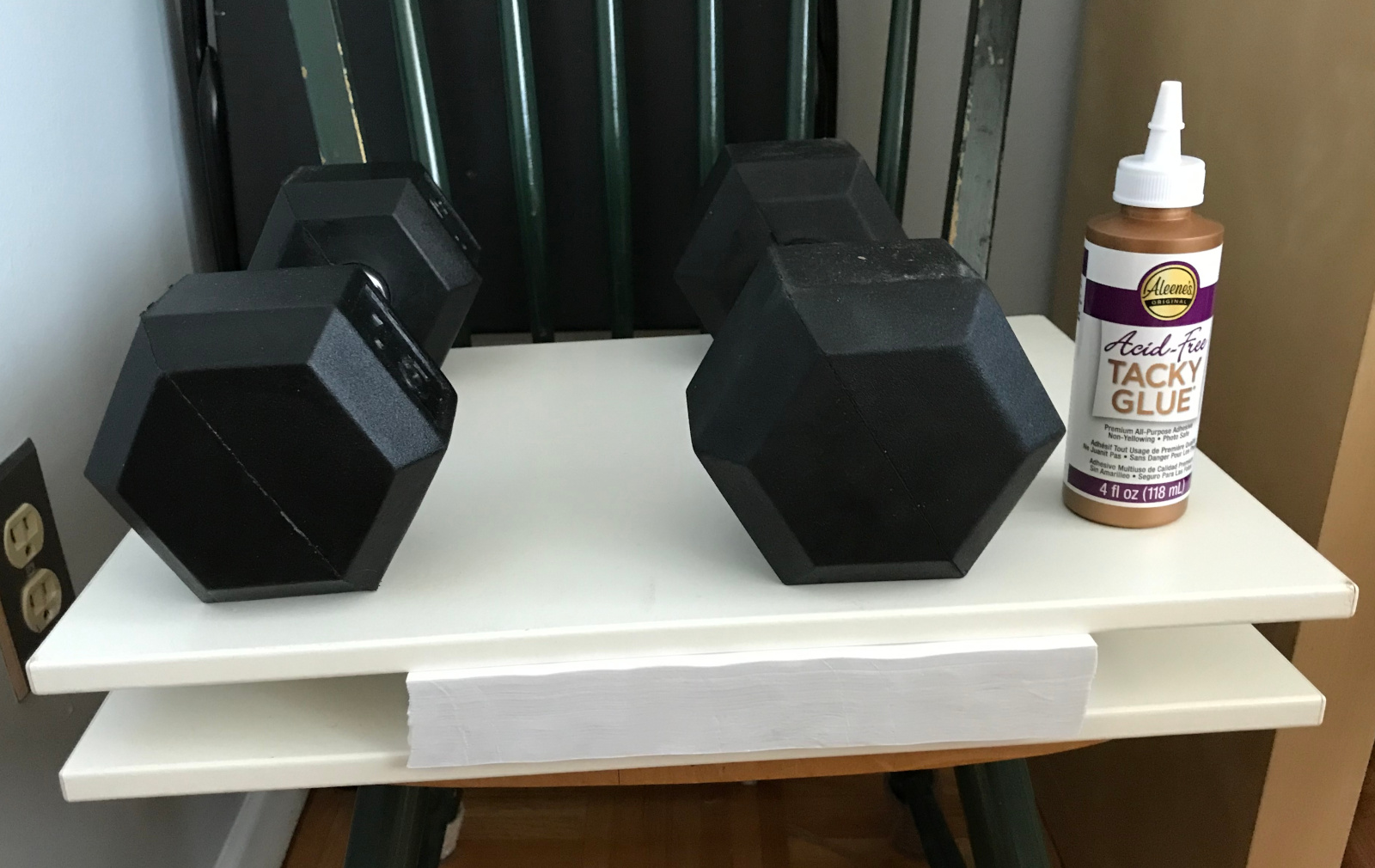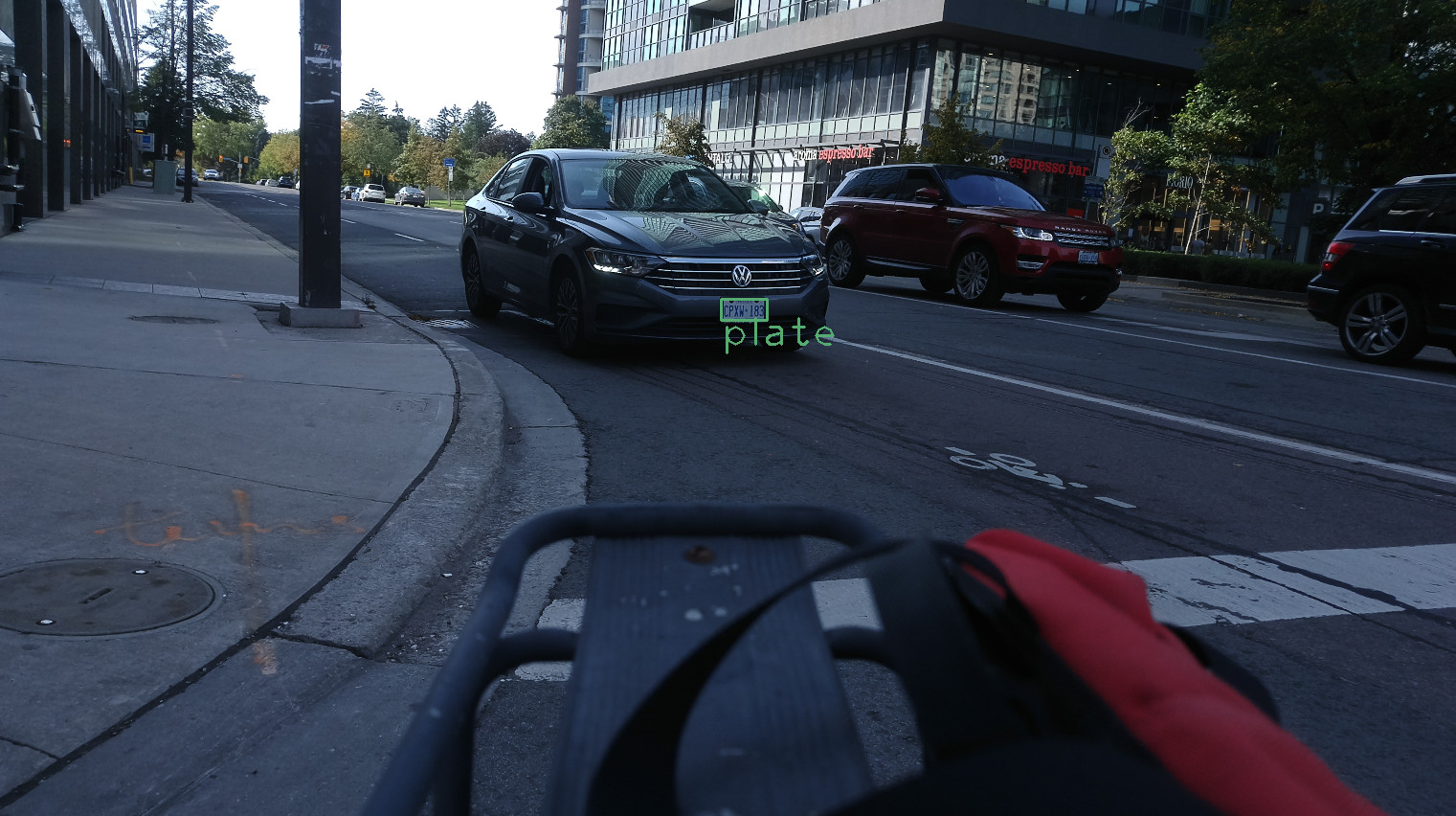Hours of Fun Creating Visual Art with Prompts
“koala bear eating eggs benedict in a bistro” is the prompt I entered into OpenAI’s DALL·E system to generate this image. I have been reading articles about AI image generation since DALL·E 2 launched earlier this year, and have been experimenting with it hands-on since I received access earlier this week. It is lots of fun, but doesn’t always generate the results you might expect. I’ve been trying to describe to it artist Henri Julien’s Chasse-gallerie, a drawing of 8 voyageurs flying in a canoe at night, and DALL·E struggles with the flying canoe. For each prompt, DALL·E initially creates 4 image variations - I’ve selected the most interesting one for each below.





